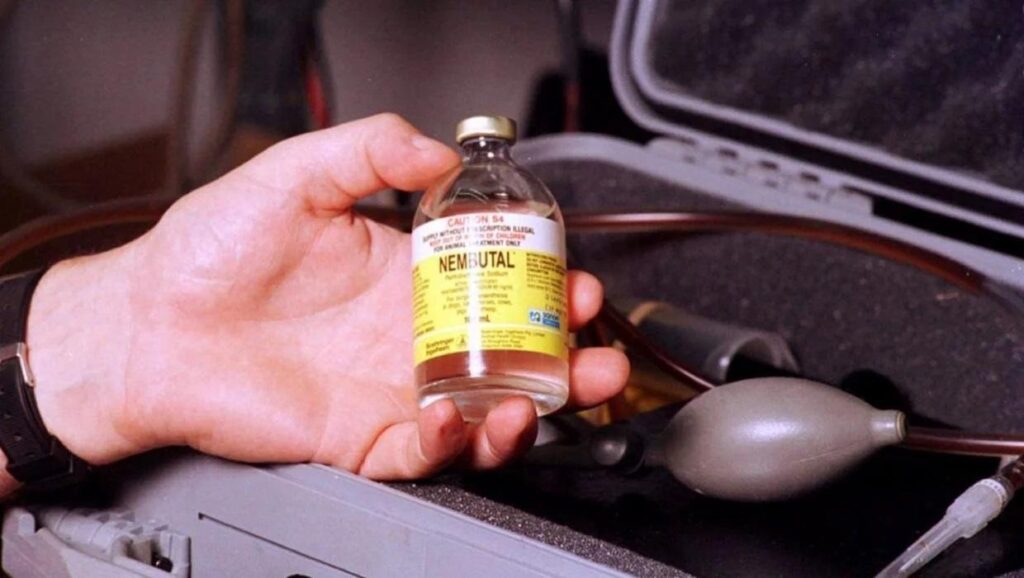
The term nembutal oral solution pentobarbital sodium refers to a liquid formulation of a barbiturate that has historically been prescribed as a sedative, anesthetic, and in some cases as an anticonvulsant. In human medicine, its use has become rare because of the risks associated with barbiturates, while in veterinary medicine it is sometimes still employed for euthanasia or sedation. The oral solution provides rapid absorption, which is why it was once prescribed to treat severe insomnia or for short-term sedation needs. However, because of its strength and potential for misuse, nembutal oral solution pentobarbital sodium is heavily regulated today. Its presence in online searches reflects curiosity about its historical and clinical role rather than current widespread prescription.
Pentobarbital Side Effects and Risks of Use
Like many strong sedatives, pentobarbital side effects can range from mild to life-threatening, depending on dose and patient condition. Common side effects include drowsiness, dizziness, headaches, and impaired coordination. In higher doses, pentobarbital can depress the central nervous system to the point of causing breathing difficulties, confusion, or unconsciousness. Long-term use increases the risk of tolerance, dependence, and withdrawal symptoms if the drug is suddenly stopped. More severe pentobarbital side effects may include respiratory arrest, cardiovascular collapse, and overdose, which is why the drug has largely been replaced by safer alternatives in modern medical practice. Understanding these risks underscores why pentobarbital is prescribed sparingly, if at all, in human healthcare today.
Nembutal Drug Class and How It Works
To understand its effects, it is important to know the nembutal drug class. Nembutal, or pentobarbital, belongs to the barbiturate class of medications, which act as central nervous system depressants. Barbiturates enhance the activity of the neurotransmitter GABA, producing sedation, hypnosis, and at higher doses, anesthesia. The nembutal drug class is known for being highly potent but also for carrying a significant risk of dependence and overdose. Historically, barbiturates were widely prescribed for sleep disorders and anxiety, but their risks led to the development of safer benzodiazepines and non-benzodiazepine alternatives. Today, Nembutal’s classification as a barbiturate explains both its clinical value in certain restricted scenarios and its dangers in unsupervised use.
Sodium Pentobarbital Uses in Medicine and Veterinary Care
The phrase sodium pentobarbital uses covers a wide range of applications, though its use in humans has declined. In medical history, sodium pentobarbital was employed as an anesthetic, anticonvulsant, and sedative for severe sleep disorders. Its ability to act quickly on the nervous system made it valuable in emergencies where rapid sedation was required. In veterinary practice, sodium pentobarbital uses are more common today, particularly for animal euthanasia, where it provides a humane and painless process. While it still has clinical relevance, the strict control surrounding sodium pentobarbital uses reflects the balance between its undeniable effectiveness and the risks tied to misuse or accidental overdose.
Awareness and Regulation of Pentobarbital in Modern Medicine
From the nembutal oral solution pentobarbital sodium once prescribed for sedation, to the range of pentobarbital side effects, the classification under the nembutal drug class, and the ongoing sodium pentobarbital uses, one theme emerges: this is a powerful substance with both medical value and significant risks. While pentobarbital remains important in certain veterinary and limited medical contexts, its regulation is strict to protect patients and animals from harm. The history of Nembutal and other barbiturates shows how medicine evolves toward safer treatments, even as older drugs remain relevant in specific cases. Awareness of its risks, combined with an understanding of why regulation exists, ensures that the legacy of pentobarbital informs safer healthcare practices today.
